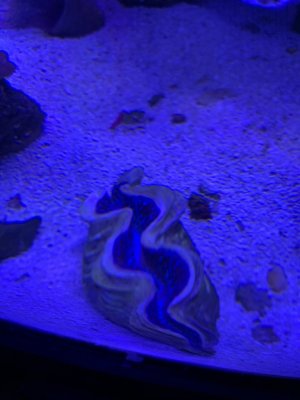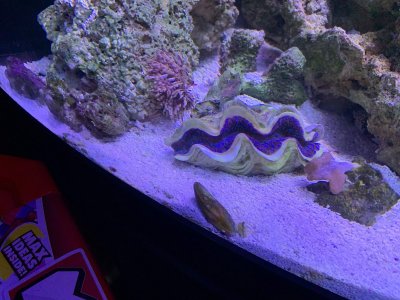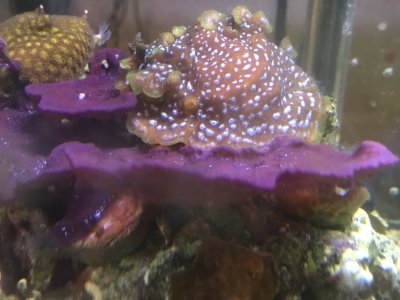Where the option for "neither, I dose phosphates" 
After running a ULN system for years, I'm having to dose phosphates now. Still run my skimmer because....it just feels right.
After running a ULN system for years, I'm having to dose phosphates now. Still run my skimmer because....it just feels right.






















